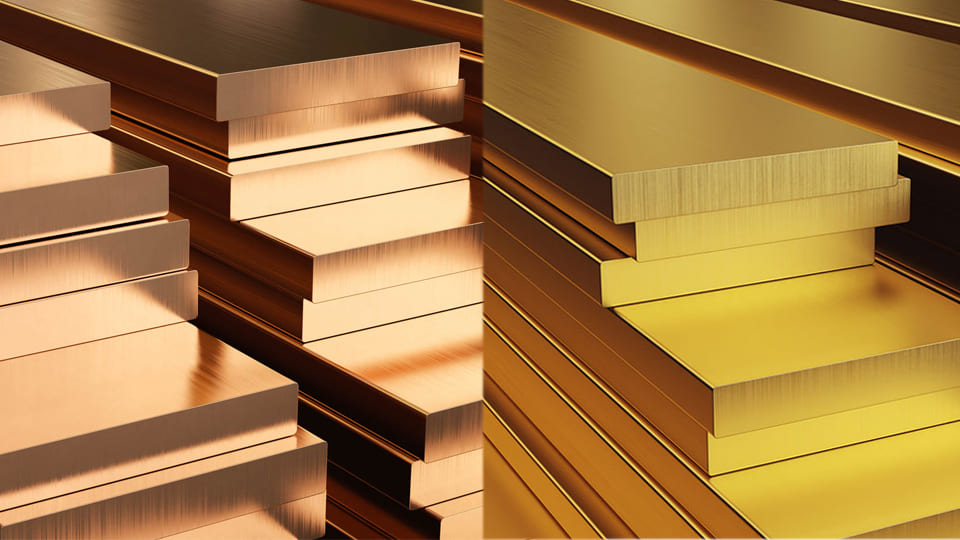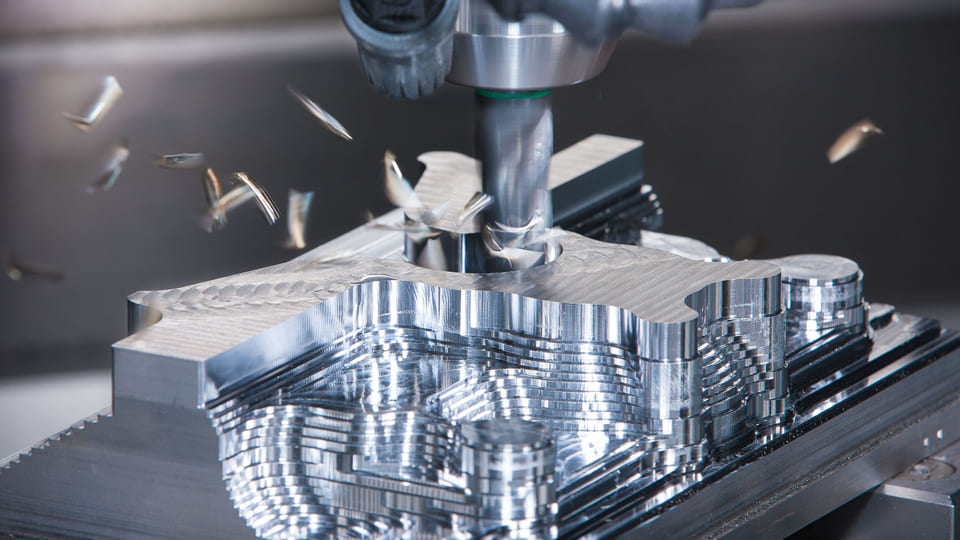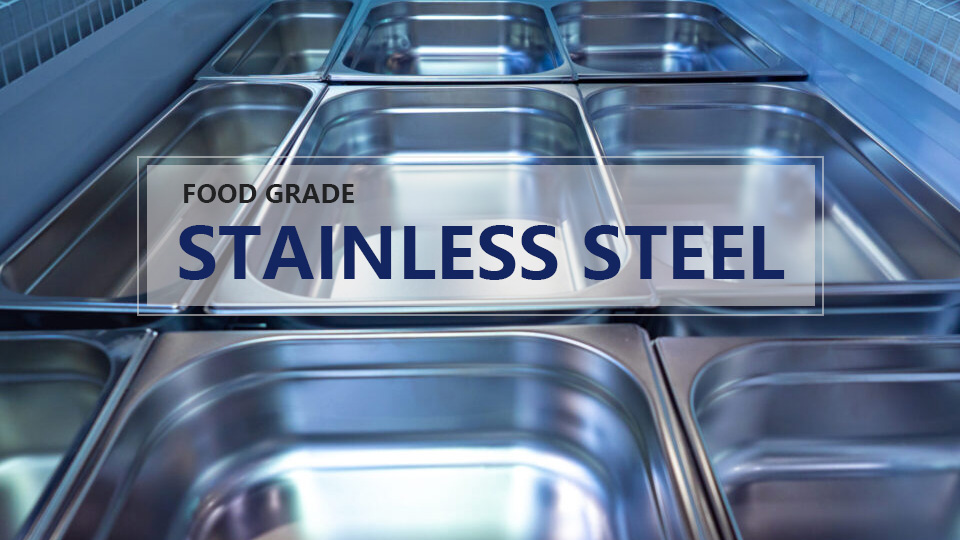Bronze and brass are two common copper-based alloys. Bronze is mainly composed of copper and tin and is often used in weapons and tools. Brass is made of copper and zinc and is common in mechanical parts and decorative items. This article will compare the properties and applications of these two alloys to better understand them.
What is Bronze?
Bronze is an alloy based on copper and tin with small amounts of other metals. Bronze is typically reddish brown or golden. It has a relative density of about 8.8 g/cm³ and exhibits low friction when in contact with other metals. It can easily conduct heat and electricity. Due to its high copper content, it always oxidizes in air, giving bronze a noticeable patina.
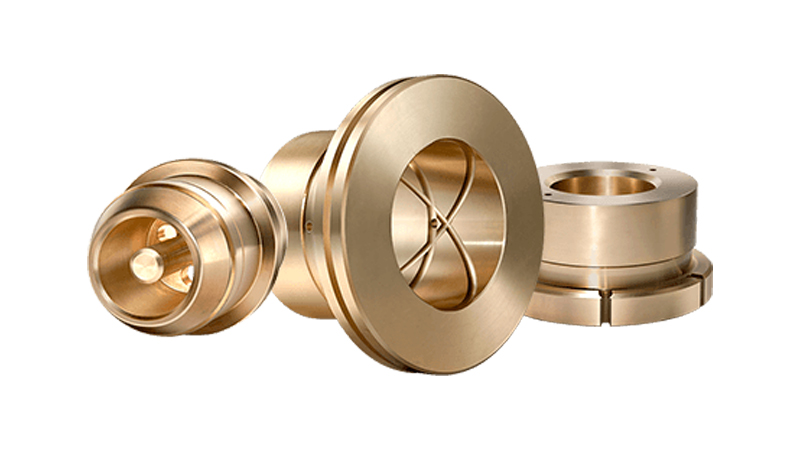
Some common bronzes include Aluminum bronze, phosphor bronze, silicon bronze, and lead bronze.
What is Brass?
Brass is an alloy based on copper and zinc with small amounts of other metals. Brass is typically golden or even silver, which depends on the zinc content. It has a relative density of about 8.73 g/cm³ and better ductility than brass. It can also easily conduct heat and electricity.
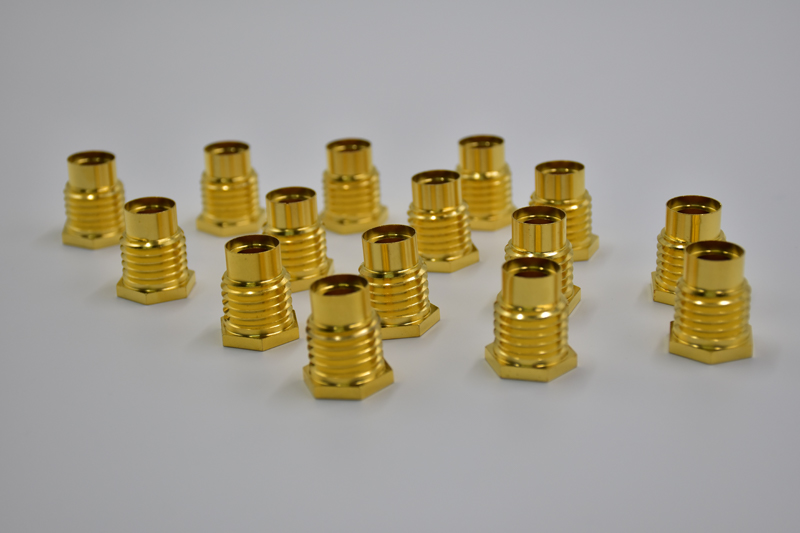
Common grades of Bronze include 260, 272, 330, and 360.
What is Copper?
Copper is a metallic element stored in the earth, or you can call it pure copper. Copper is a purple-red shiny metal, it has good ductility, good thermal electrical conductivity, and corrosion resistance.
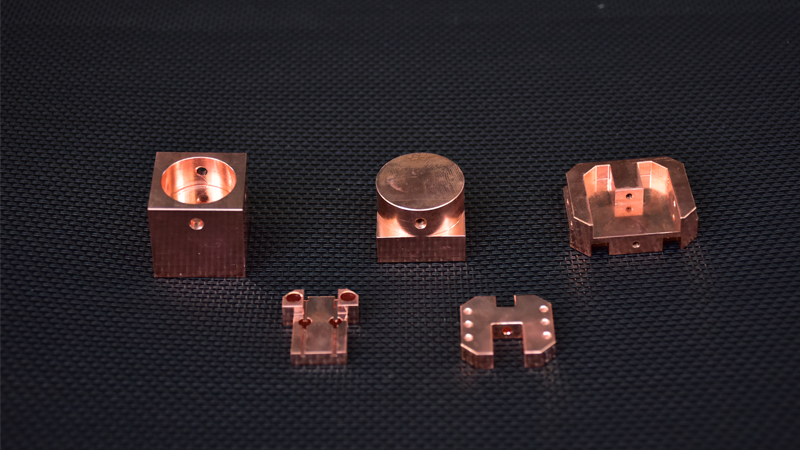
Common grades of copper CNC machining include 101, 110, 122, and 145.
Difference Between Bronze and Brass
There are some differences between brass and bronze, and understanding these differences can help you make the best choice for your project. The following are the main differences between them.
Bronze vs Brass: Element Composition
Brass is mainly composed of copper and zinc, it often has small amounts of manganese, iron, aluminum, silicon, and other elements, while bronze is mainly composed of copper and tin, it often has small amounts of other elements like nickel, aluminum, phosphorus, and zinc.
It is easy to distinguish them by color. Brass has a golden-yellow color, while bronze has a slightly reddish-brown color.

copper vs bronze vs brass
Bronze vs Brass: Different Properties
Although these metals are related in composition, appearance, and even application, brass and bronze are often used for different purposes. Let’s explore what makes these two copper-based alloys different from one another by examining some common mechanical properties in the following table.
| Properties | Bronze | Brass |
| Thermal conductivity(20℃) | 24/m.k | 120/m.k |
| Tensile Strength | 338-469 MPa | 350-635 MPa |
| Yield Strength | 125-800 MPa | 95-124 MPa |
| Fatigue strength | 90.0-352 MPa | 22-360 MPa |
| Melting point | 1010 ℃ | 917 ℃ |
| Hardness(Brinell) | 40-420 | 33-73 |
Thermal Conductivity
Thermal conductivity is a measure to understand if a metal will be used in thermal applications, it shows how much energy can be transferred through the material and at what rate. Bronze has a thermal conductivity of 24/m.k while brass is 120/m.k, it is indicated that brass has a much greater thermal conductivity than bronze. Bronze can also be used in thermal applications, but brass will always be the preferred option if you have to choose between them.
Fatigue Strength
Fatigue strength is the maximum load that the material will be able to withstand before failure takes place. This value is critical to understanding whether a material will withstand consistent stress. Both bronze and brass have many alloys, but bronze generally has a higher fatigue resistance than brass, which can be seen by comparing their minimum fatigue strength ranges.
Melting Pointing
Brass has a lower melting point than bronze (917 °C vs. 1010 °C), but they are both easy to cast. Consider the mechanical properties you need if you are preparing to use either of these metals to cast a desired part.
Hardness
Hardness is a standard to measure a material’s response to localized surface stresses and how it reacts to scratches, dents, etc. The Brinell hardness scale is one of many hardness scales available. The table above shows that bronze is harder than brass. Harder materials are generally more brittle, and following this rule, bronze will break more easily than brass.
Electrical Conductivity
Copper has excellent electrical conductivity, and it is widely used as a benchmark to measure the electrical conductivity of materials. We can set copper as a reference material, whose electrical conductivity is rated at 100%. Brass has a conductivity of about 28% of copper, while bronze is about 15%, Brass has a greater electrical conductivity than bronze.
Corrosion Resistance
Bronze usually develops a mottled patina when exposed to air, which can effectively prevent bronze from corrosion. What’s more, bronze is capable of withstanding saltwater environments. On the other hand, brass has a lower corrosion resistance compared to bronze. However, some grades of brass containing a higher content of manganese have much better corrosion resistance.
Price
Bronze is mainly composed of tin and copper, and the general market price is about 20 CNY/kg. Brass is mainly composed of copper and zinc, and the general market price is about 39.5 CNY/kg. Brass is often more expensive than bronze.
Industrial Applications
Grades of brass are identified by their composition. Common grades of brass and their applications are as below:
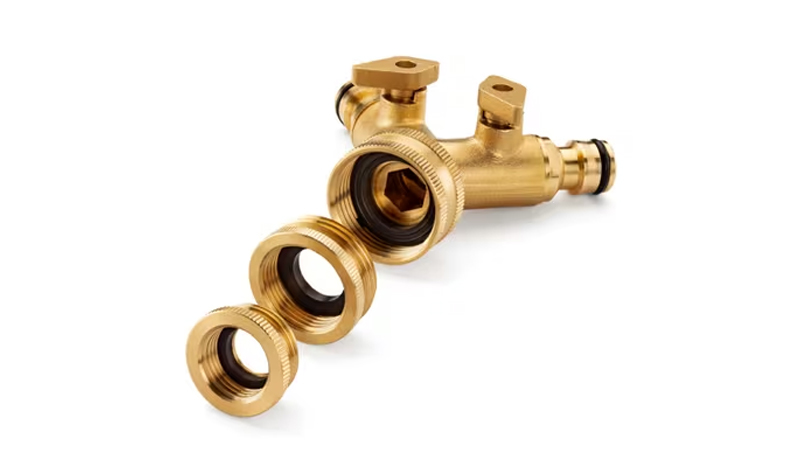
Alloy 260: This grade of brass has good formability and is suitable for cold working. Engineers often use it to make vehicle components and fasteners.
Alloy 280: This alloy contains a relatively large amount of iron. Manufacturers use it to make ship hulls.
Alloy 360: Alloy 360 is one of the easiest brass materials to machine. It is an excellent brass metal for brazing and soldering applications. Typical applications of this brass grade include valves, fittings, and hardware components.
Alloy 385: Alloy 385 offers good machinability. Moreover, this alloy is an excellent building material due to its easy forming.
Alloy 464: Alloy 464 is known as naval brass and has high corrosion resistance. Moreover, this brass alloy is suitable for cold and hot forming processes, welding, bending, and brazing processes. Alloy 464 is widely used to make different fittings on the decks of ships.
Different types of bronze have found their special application in industries. Common types of bronze and their applications are as below.
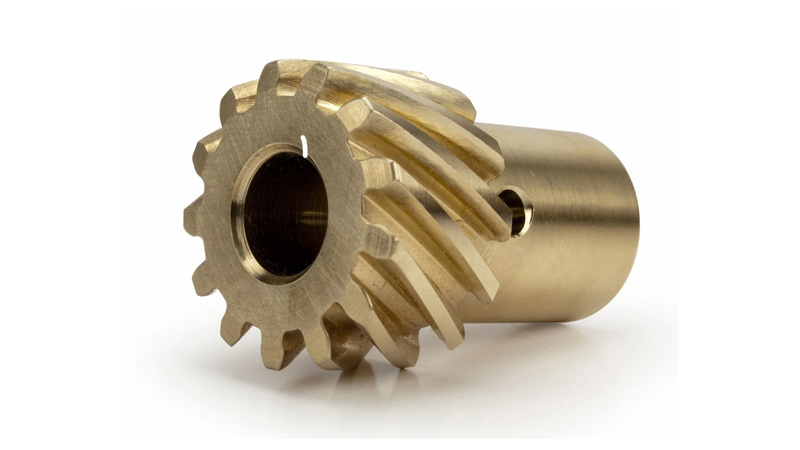
Aluminum bronze: It has high strength, good wear resistance, and corrosion resistance, and is used to cast high-load gears, bushings, marine propellers, etc.
Phosphor bronze: It has a high elastic limit and good electrical conductivity, making it suitable for manufacturing precision springs and electrical contact components.
Silicone bronze: It has good strength and corrosion resistance. Silicon bronze is often used in architecture, sculpture and art casting due to its fluidity during the casting process.
Lead bronze: It provides enhanced machinability and is used in bearings and bushings etc.
